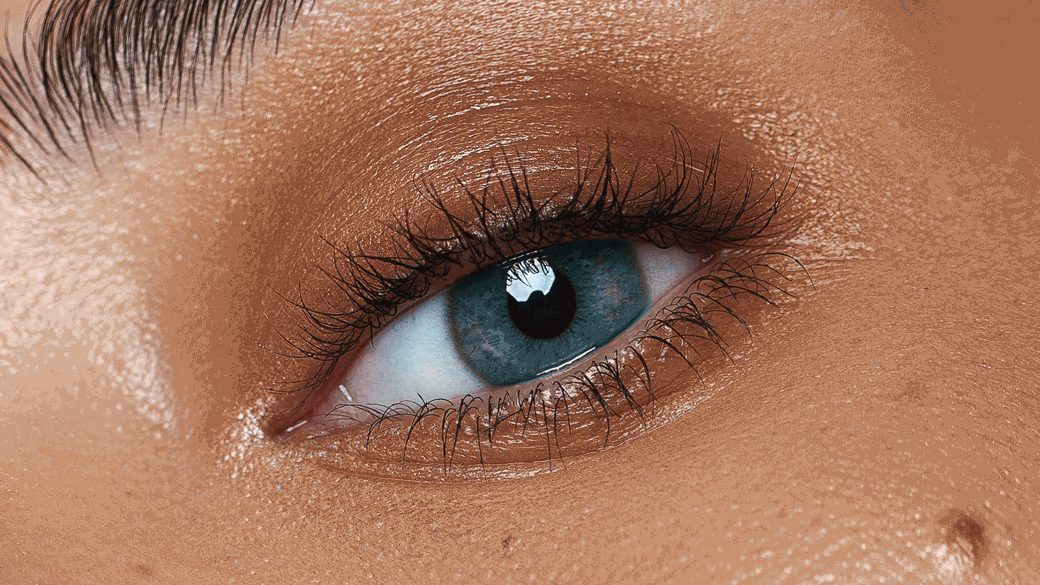Iris is getting her eye color changed today. She is 40, an engineer, and anxious, almost shaking. In a featherlight voice that just barely rises above the chatter from a full waiting room nearby, she explains her love of the cosmetic arts, which is apparent from the moment she is beheld—her body is an hourglass that appears to run on Brasilia Standard Time—but can also be gleaned from her palpable excitement over the fact that, in minutes, a laser will bore a round tunnel into her cornea and be filled with blue pigment. And all it costs is 20 minutes and $12,000 dollars. “I’m going for an Alaskan-husky type of color,” Iris told me. (That’s not her real name—can you imagine if it was?) She wants her gaze to be visible from a distance.
Keratopigmentation, a procedure to permanently change one’s eye color that has been performed for at least a decade in Europe, is gaining popularity in the United States. Only a handful of clinics in the US currently offer the procedure, with half of them located in the New York City metropolitan area.
Kerato sits on the 8th floor of a midtown office building, and is bustling by 10am with patients who have paid for a new eye color, and others getting some Lasik. But when I arrived an hour beforehand, it was just me and Alexander Movshovich, the first doctor to bring keratopigmentation (KTP) to America. (Dr. Movshovich is not only a board-certified ophthalmologist but also a photographer, and his office is decorated by his own abstract glimpses: the stamen of a crocus flower in bloom, a crystal ball refracting a crimson room.)
A doctor in his native Russia, Dr. Movshovich moved to the United States some four decades ago. He wound up at Cornell, where he re-enrolled in school, completed a residency in ophthalmology and a fellowship in vitreoretinal disease and surgery, and began practicing retinal surgery. “Complicated cases of cataracts and stuff like that,” he explained, in a Russian accent. “My life is very much research.” After 30 years of research, he became interested in trying something new. Then he heard about a friend of his, the retinal surgeon Francis Ferrari, who was working on an exciting new technique for changing eye color in France. In 2019, he opened Kerato.
Until recently, eye color change could be achieved in one of a few imperfect ways. Color contacts have been around since old Hollywood, and today are considered the safest option; at least, they are the only method the American Academy of Ophthalmologists (AAO) blesses.
Iris implants, fine silicone prosthetics designed to be surgically placed over an existing iris by cutting a slit in the cornea, are less than beloved by the AAO, and usually need to be removed in a matter of years. They have been infamous since Tiny Cottle, the wife of the rapper T.I., traveled to Tunisia in 2014 for BrightOcular implants. She posted a review and discount code on her Instagram; later that year, the AAO strongly cautioned against the procedure, citing its risks of reduced vision or blindness, cataracts, injury to the iris and cornea, and a pressure build-up inside the eye that can lead to glaucoma.
There’s also laser depigmentation, in which a laser fries the natural pigment of your iris into a lighter shade, but it isn’t very customizable. Champions of this sort of decoloration include Stroma Medical, which predicts that its proprietary laser will generate around $3 billion a year from the pockets of those who want to change their brown eyes blue. The Stroma Laser System is “an investigational device not available for sale for use in the United States,” according to boilerplate text on its website, and it has not been approved by the FDA.
Nor has anything else—including KTP. An FDA spokesperson told Allure that the agency “is not aware of any medical devices with an FDA-approved indication solely to permanently change an individual’s eye color or of any pigments for that use.”


